What is an Accessible Hotel Room? Opening Doors to Accessibility
An accessible hotel room is meticulously designed to meet the needs of individuals with disabilities, ensuring their travel experiences are as seamless and barrier-free as possible. Accessibility encompasses more than just the means of entering and exiting; it includes a variety of features that facilitate ease of use for guests facing mobility, visual, and auditory challenges. Integral components like wider doorways, grab bars in bathrooms, and lower furniture setups are crucial for making a room accessible. For wheelchair users, features such as roll-in showers and beds of a lower height significantly enhance comfort.
The inclusivity of accessible hotel rooms also pays attention to details like braille signage and auditory guidance systems for guests with visual impairments, simplifying navigation both within the room and throughout the hotel. Communication aids for individuals who are deaf or hard of hearing, including visual alert devices, are essential. Furthermore, accessibility features consider individuals with less visible disabilities, incorporating design elements that mitigate anxiety, like straightforward room layouts and user-friendly switches and controls.
However, accessibility is not limited to the room's physical features. The service ethos and readiness of hotel staff to assist guests with disabilities are vital for an all-encompassing accessible experience. Disability awareness training for staff and the provision of services, such as information in accessible formats and the availability of specialised equipment like shower chairs, are pivotal to the functionality of an accessible hotel room. Hence, true commitment to accessibility involves creating both a physical space and a culture of inclusivity that prioritises the comfort and independence of every guest.
Legal Framework for Accessible Hotel Rooms
Accessible hotel rooms are a legal requirement to ensure inclusivity for guests with disabilities. The legislation and standards surrounding their provision are intricate and mandatory for hotel operators within the UK and internationally.
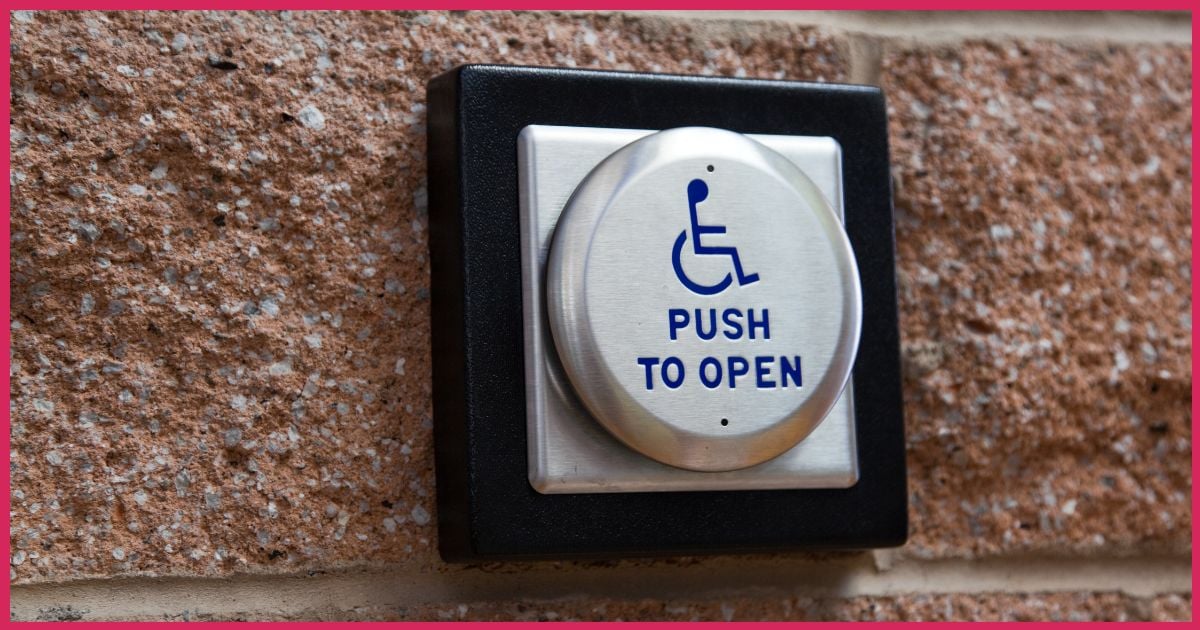
Understanding the UK Equality Act 2010
The Equality Act 2010 is the cornerstone of discrimination and equality law in the UK. It mandates that service providers, including hotels, are legally obligated to make reasonable adjustments for individuals with disabilities. This encompasses:
- Ensuring physical accessibility to rooms and hotel facilities.
- Providing auxiliary aids and services.
Hotel operators must account for a broad range of disabilities when designing accessible rooms to ensure they are as inclusive as possible. Non-compliance can lead to legal action and fines.
International Accessibility Standards
Globally, accessible hotel rooms are governed by various standards aimed at promoting equal access for guests with disabilities. These standards typically include:
- Minimum room dimensions.
- Accessible bathroom fixtures.
- Clear floor space for wheelchair manoeuvrability.
While not legally binding in all countries, these standards act as benchmarks for inclusive design and are often adopted or referenced by local legislation. Hotel operators catering to international guests are encouraged to adhere to these standards to ensure accessibility for all.
Design and Layout of Accessible Rooms
In designing accessible hotel rooms, paying meticulous attention to the physical layout and specific features is essential. These considerations guarantee that guests with disabilities enjoy ease of movement and functionality throughout their stay.
Space and Mobility
The design of an accessible room must include ample space for a person using a wheelchair to manoeuvre comfortably. A clear floor space of at least 1.5 metres by 1.5 metres is crucial for wheelchairs to turn around. Every section of the room, including the bedroom, living area, and bathroom, should comply with this standard to ensure complete accessibility.
Entrances and Doorways
Entrances should be at least 80 cm wide to allow for the unhindered passage of wheelchairs. The doorways ought to have low-profile thresholds to eliminate tripping hazards and facilitate smooth transitions from one area to another. Moreover, doors should be fitted with lever-style handles, which are more manageable for guests with limited hand dexterity.
Furniture and Amenities
Furniture in an accessible room must be strategically positioned to maintain the necessary clearances for easy navigation. For instance:
- Beds: The height should facilitate easy transfer from a wheelchair.
- Desks: They should offer knee space of at least 67 cm in height, 76 cm in width, and 48 cm in depth.
- Storage: Wardrobes and shelving ought to be accessible for both seated and standing users.
Amenities such as light switches, climate controls, and electrical outlets should be positioned between 40 cm and 120 cm from the floor, making them easily accessible from a seated position. Bathrooms need to be fitted with grab bars near the toilet and in the shower, a roll-in shower or bath with a seat, and a sink that is accessible by wheelchair.
Bedroom Specifications
In accessible hotel rooms, the bedroom layout and furnishings are meticulously tailored to accommodate guests with mobility issues, ensuring a comfortable and safe environment. Special attention is paid to bed height and the availability of adjustable features, as well as wheelchair-accessible design considerations.
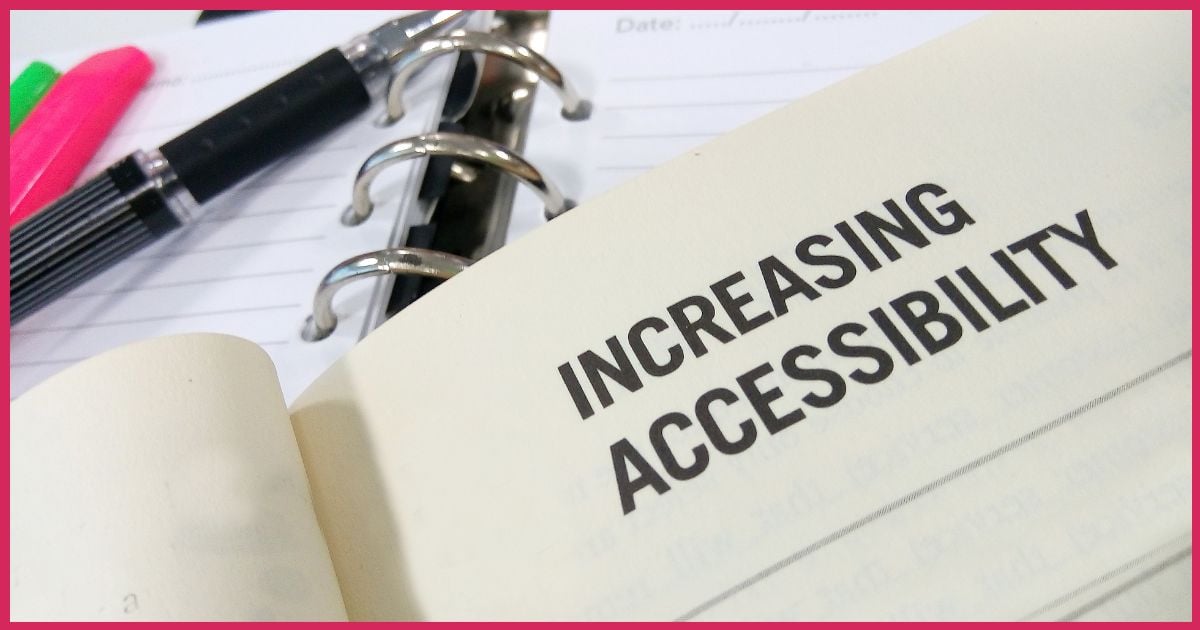
Bed Height and Accessibility Features
The height of the bed is paramount for accessibility. An ideal bed height enables a person in a wheelchair to easily transfer onto the bed. It is commonly advised that the top of the mattress should be between 46 to 56 centimetres from the ground. Adjustable beds, equipped with controls to modify the bed's position for optimal comfort and support, can be provided to meet various needs. The space beneath the bed should be free to accommodate the lifting mechanism of a portable hoist, should a guest require it.
- Recommended bed height: 46 to 56 cm
- Under-bed clearance: Sufficient for a portable hoist
Accessible bedrooms may also feature:
- Ample space around the bed for manoeuvrability with a wheelchair
- A firm mattress to facilitate transfers and provide support
- Side rails, available upon request, to aid with stability
Furnishing and Surface Details
Furnishings in an accessible hotel bedroom must strike a balance between functionality and aesthetics, prioritising safety and ease of use at all times. Surfaces such as nightstands and dressers should be at a reachable height from both seated and standing positions. To ensure wheelchair accessibility, there should be a clear path of at least 90 centimetres around the furniture.
Key furnishing details:
- Nightstands: Reachable from the bed, with a height of approximately 60 cm
- Dressers and shelves: No higher than 120 cm to ensure accessibility for guests with limited reach
All furniture should be securely anchored, if necessary, to prevent tipping when used for support. Controls for lighting, thermostats, and other room features must be conveniently placed and accessible from the bed or a seated position.
Bathroom Accessibility
Accessible hotel room bathrooms are meticulously designed to ensure safety and convenience for all guests, with a special emphasis on functionality for individuals with limited mobility or disabilities. Essential elements such as grab bars, roll-in showers, and a thoughtfully planned layout cater to a wide spectrum of needs.
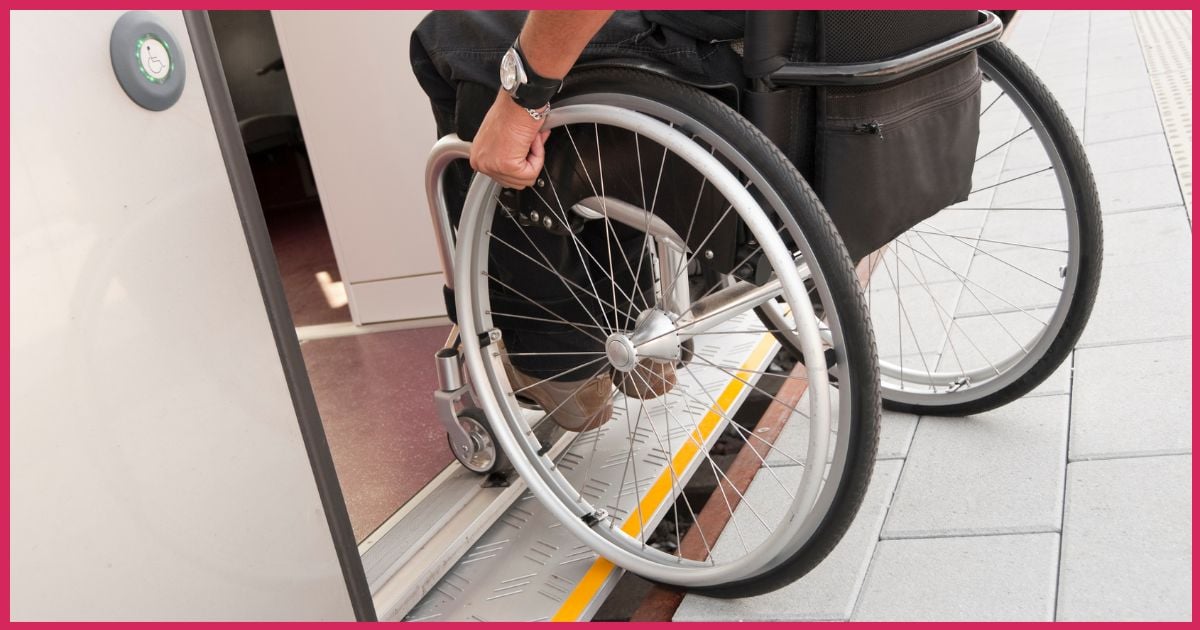
Grab Bars and Roll-In Showers
In an accessible bathroom, grab bars are installed to offer stability and support. Common placements include:
- Next to the toilet,
- Inside and around the shower area, and
- Near the bathtub, if provided.
Roll-in showers, a fundamental feature, are designed without steps to accommodate guests who use wheelchairs. These showers typically feature:
- A flush entry,
- Ample space for manoeuvring, and
- Non-slip flooring to reduce the risk of falls.
Adjustable or handheld showerheads are included to accommodate guests of various heights and mobility levels, facilitating easy use of the shower.
Bathroom Layout and Equipment
The layout of the bathroom is carefully planned to ensure there is enough space for a wheelchair to turn comfortably, generally requiring a circle with a diameter of 1.5 metres. Key fixtures include:
- A sink with clearance underneath for knee space,
- A raised toilet equipped with grab bars for added support,
- Mirrors and towel racks positioned at accessible heights.
Items within the bathroom are strategically positioned to be within reach from a seated position. The equipment is designed for ease of use, featuring lever-style handles instead of knobs, to accommodate individuals with limited hand dexterity.
Functionality and Safety Features
Accessible hotel rooms are thoughtfully designed to ensure that guests with disabilities can use the facilities safely and independently. This section details features specifically tailored for guests with visual and hearing impairments, alongside emergency systems.
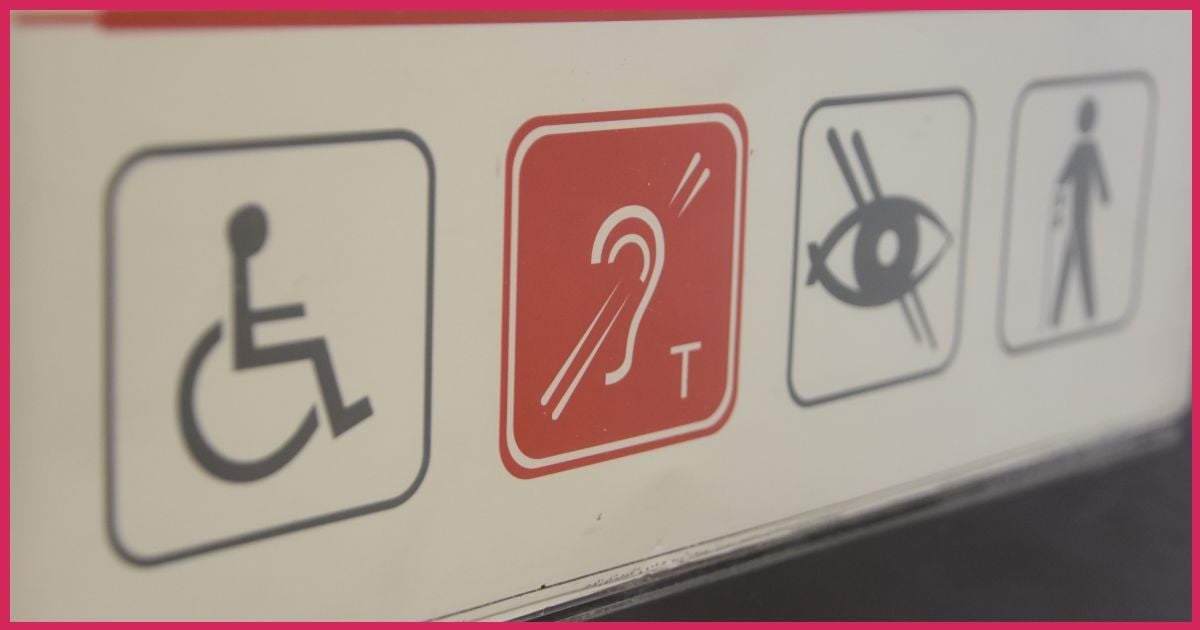
Visual and Hearing Impairment Accommodations
For guests with visual impairments, rooms should incorporate tactile indicators to aid in safely navigating the space. Such indicators might include textured flooring to provide necessary traction and delineate different areas within the room. Braille signage for room numbers and information booklets is essential. Adequate lighting is also crucial to support those with limited vision.
Rooms designed for guests with hearing impairments should be outfitted with visual alarms and notification devices. These may encompass alarm clocks and alerts for incoming phone calls that utilise flashing lights or vibrations in lieu of sound. Televisions and other electronic devices ought to be compatible with hearing aids and offer subtitles to ensure accessibility.
Emergency Features and Alarms
Ensuring safety in emergencies is paramount for all guests, particularly those with disabilities. Accessible rooms should feature emergency systems such as visual fire alarms and flashing light systems to alert guests with hearing impairments to potential hazards. Emergency instructions must be accessible, provided in both visual and tactile formats.
Emergency alarm systems need to be easily reachable for guests who use wheelchairs, with alarms and intercoms installed at a lower height. To mitigate the risk of accidents, non-slip mats and surfaces offering ample traction are essential, particularly in bathrooms where floors may become slippery.
Accessibility Beyond the Room
Accessibility in hotels transcends the confines of individual rooms, encompassing the entirety of guests' experiences to ensure inclusivity across all hotel facets and the broader environment.
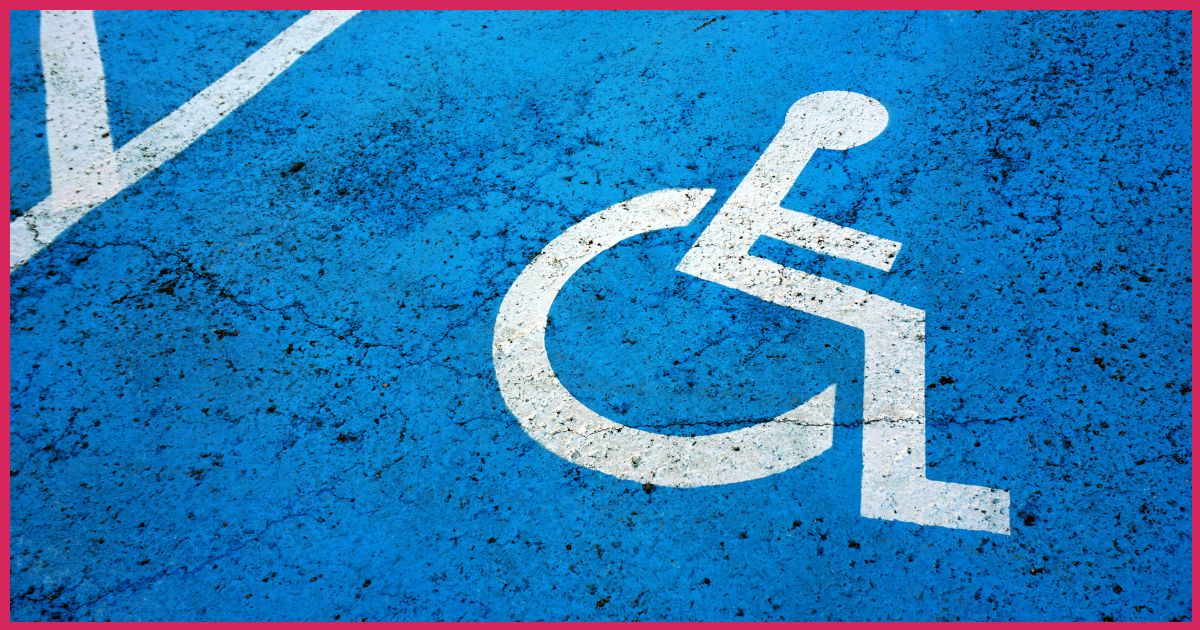
Hotel Facilities and Common Areas
Hotel facilities must be designed with inclusivity at their core, enabling guests with mobility, hearing, or visual impairments to navigate and utilise the spaces independently. Considerations include:
- Reception: A section of the reception desk should be lowered to facilitate easier communication for guests using wheelchairs.
- Lifts: Elevators need to be spacious enough to accommodate wheelchairs and equipped with audible announcements for each floor.
- Restaurants and Bars: Seating arrangements should accommodate wheelchair users comfortably, with menus provided in large print or Braille.
All areas must be obstacle-free, with clear, accessible signage to guide all guests effectively.
Transportation and Surrounding Areas
The accessibility of a hotel also hinges on its location and proximity to:
- Accessible Transportation Options: Nearby public transport facilities should be equipped with low-floor vehicles or ramps to support easy access.
- Level and Paved Pathways: Surrounding pathways must be smooth and navigable for individuals using wheelchairs or walkers, ensuring seamless mobility.
Hotels should offer information on local attractions and dining options that are accessible, enriching the stay experience for guests with accessibility needs.
Technology and Communication
Accessible hotel rooms must integrate specialised technology and establish effective communication channels to cater to the needs of guests with disabilities. Emphasis should be placed on providing assistive devices and ensuring clear interactions with hotel staff.
Assistive Devices and Technologies
Assistive devices and technologies in accessible hotel rooms are essential for removing barriers for individuals with disabilities. These include:
- Visual Alarm Systems: Use flashing lights to alert guests who are deaf or hard of hearing in case of emergencies.
- Bed Shakers: Devices linked to alarm clocks or emergency systems, designed to awaken guests through vibrations.
- Accessible Power Outlets: Power sources positioned at an appropriate height for easy access, especially for guests using mobility aids.
- Motion-Activated Lighting: Facilitates hands-free room navigation, crucial for those with limited dexterity or wheelchair users.
- Automatic Door Openers and Accessible Door Handles: Enable doors to be opened automatically via a button or buzzer, improving access for wheelchair users.
- Remote Control Devices: Allow operation of room features such as lights, curtains, and televisions, aiding guests with limited mobility.
Table of Common Technologies and Their Purposes
|
Technology |
Purpose |
|
Visual Alarm Systems |
Emergency notification for hearing-impaired guests |
|
Bed Shakers |
Wake-up/alert system for guests with hearing impairments |
|
Accessible Power Outlets |
Electricity access for guests using mobility aids |
|
Motion-Activated Lighting |
Hands-free room navigation for guests with limited dexterity |
|
Automatic Door Openers |
Easy room access for wheelchair users |
|
Remote Control Devices |
Operate room amenities for guests with limited mobility |
Effective Communication with Hotel Staff
Effective communication with hotel staff is vital for a comprehensive service experience. Features to facilitate this include:
- Accessible Intercoms: Positioned at a suitable height for wheelchair users, enabling communication with reception or concierge services.
- Text Relay Services: Available for guests who are deaf or hard of hearing, facilitating communication over the phone.
- Staff Training: Staff should be trained in disability awareness and capable of using sign language or other communication aids to interact with guests effectively.
An effective communication system incorporates:
- Clear Signage: In both Braille and high-contrast lettering for ease of navigation.
- Assistance Buttons: Located in rooms and public areas, enabling guests to easily request help.
- Hotel Staff Support: Staff availability to respond promptly to assistive technology alerts and communication needs.
Integrating assistive devices and ensuring effective communication within accessible hotel rooms are crucial for enhancing the safety and autonomy of guests with disabilities, making their stay comfortable and stress-free.
Booking and Reservation Process
Making a hotel reservation should be straightforward. However, booking an accessible hotel room requires extra diligence to ensure the room meets specific needs. A successful reservation relies on a thorough understanding of room options and clear communication of any specific requirements.
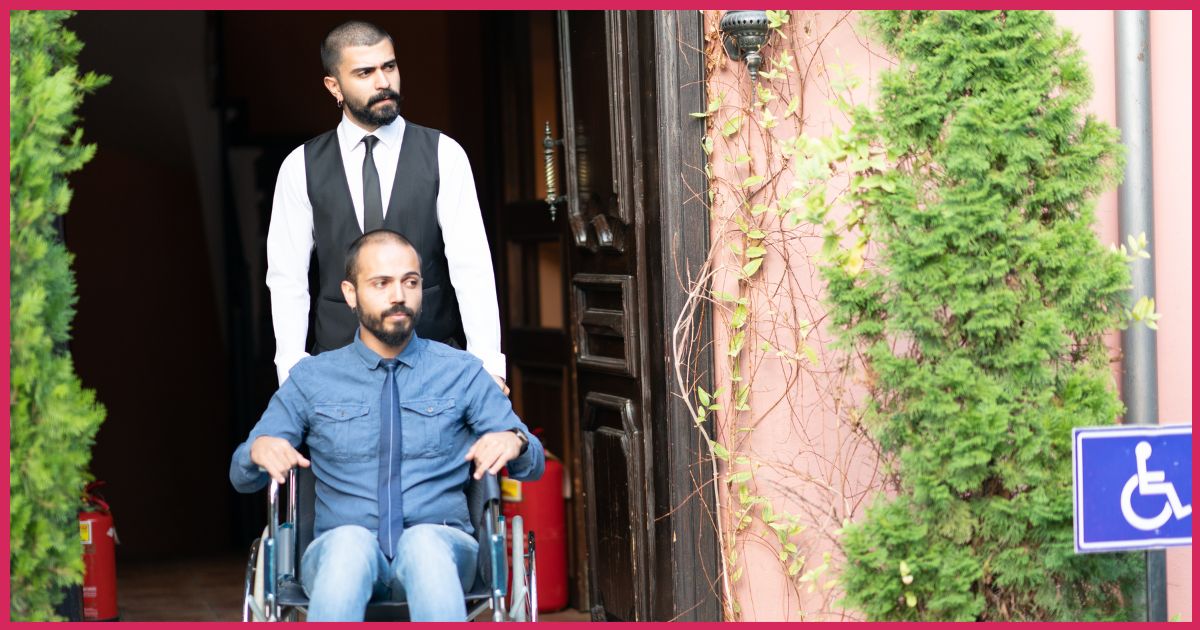
Understanding Room Options and Availability
To secure an accessible room that meets specific needs, it's crucial to ascertain their availability, as these rooms are typically limited. Potential guests should consider:
- Room Types: Hotels often list room types on their websites. Look for terms such as "accessible room" or "disabled access."
- Amenities: Ensure accessible rooms offer features like grab bars, roll-in showers, and ample manoeuvring space.
- Current Availability: Confirm real-time availability, given the limited number of accessible rooms.
A comparison table can help distinguish between room options:
Comparison Table of Room Types
|
Room Type |
Accessibility Features Provided |
Availability |
|
Standard Room |
None |
High |
|
Accessible Room |
Grab bars, roll-in showers, wider doorways |
Limited |
|
Suite with Accessibility |
All features of an accessible room + extra space |
Limited |
Communicating Specific Needs
To ensure that a guest's specific requirements are met, clear communication during the reservation process is crucial. Key steps include:
- Direct Contact: Whenever possible, speak directly with the hotel's reservation staff to discuss specific needs.
- Confirmation: Secure written confirmation that an accessible room matching your requirements has been reserved.
- Clarify Details: Clearly specify the need for specific features, such as lower wardrobes, visual alarm systems, or hypoallergenic bedding.
By emphasising the clear articulation of needs and a comprehensive understanding of room options, guests can confidently reserve a suitable accessible hotel room.
Best Practices for Accessible Hotel Stays
Accessible hotel stays are crucial for ensuring that individuals with disabilities can enjoy comfort, flexibility, and independence while travelling. Hotels that proactively address these needs significantly enhance the travel experience for guests and their caregivers.
Planning for Accessibility Needs
To guarantee that hotels can meet their needs, guests should communicate their specific requirements well in advance. Essential considerations include:
- Room layouts that accommodate wheelchair manoeuvrability.
- Accessible bathrooms equipped with grab bars and roll-in showers.
- The availability of assistive devices, such as hearing loop systems or visual alarms.
For a smooth and accommodating hotel stay, it is recommended that guests:
- Directly contact the hotel to discuss accessibility needs in detail.
- Obtain written confirmation of the specific accessible features that will be available.
- Inquire about the accessibility of common areas, including pools and restaurants.
Feedback and Continuous Improvement
Hotels should foster a culture of feedback, encouraging guests to share their experiences regarding accessibility. For effective engagement, management should:
- Offer accessible methods for guests to provide feedback, including comment cards or digital platforms.
- Actively listen to and value the input from guests with disabilities.
- Promptly implement necessary changes to rectify any issues identified.
Demonstrating a commitment to continuous improvement in accessibility practices not only increases guest satisfaction but also highlights the hotel’s dedication to inclusivity. Involving individuals with disabilities in the feedback and improvement process ensures that adaptations made by the hotel genuinely enhance the guest experience.






